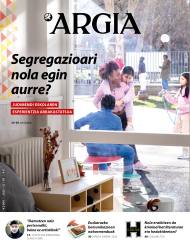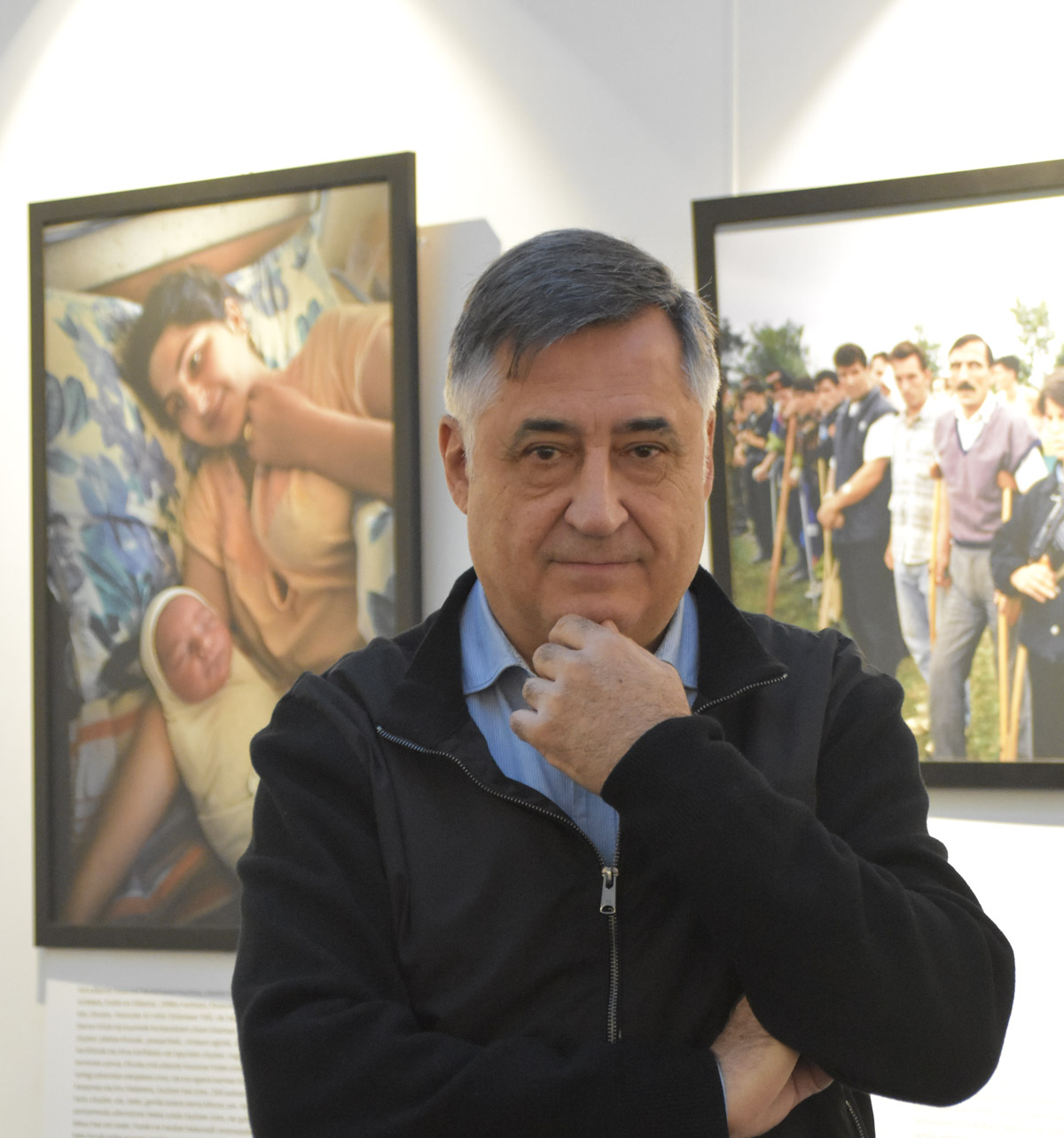Deep burns of Napalma

Vietnam, February 7, 1965. The U.S. Air Force first used napalma against the civilian population. It was not the first time that gelatinous gasoline was used. It began to be launched with bombs during World War II and, in Vietnam itself, it was used during the Indochina War in the late 1950s, as well as during the Korean War, Western Sahara, Nigeria, El Salvador...
But 60 years ago it was the first systematic and indiscriminate attack. And it wouldn't be the last. On June 8, 1972, the town of Trtill Bàng was attacked in Napalm. Kim Phúc, a nine-year-old girl, escaped to the road, but a plane approached her and immediately the fire burned all her clothes and two-thirds of her body. The Vietnamese photographer Nick Ut was there and took an iconic photo of him. He immediately took the girl and took her to the hospital and pressured them to try to save her life, taking advantage of her membership in the international agency Associated Press. Kim spent fourteen months in the hospital and underwent seventeen surgeries. He survived, but with serious chronic consequences that he still suffers.
Later, he described his life using simple but harsh data: “Napalma is the most terrible pain imaginable... The water boils at 100 degrees and the napalma causes temperatures of 800 and 1200 degrees.” In addition, it takes longer to burn than gasoline, it spreads more easily, and it adheres better to targets.
Kim spent fourteen months in the hospital and underwent seventeen surgeries. He survived, but with serious chronic consequences that he still suffers from.
The photograph of Nick Uten, among others, received the Pulitzer Prize, spread around the world and had a profound impact on public opinion. According to the New York Times: “It fueled the anti-war sentiment that was growing in the U.S. and perhaps accelerated the end of the Vietnam War.”
The cruelty of the incendiary weapon also reached the United Nations (UN). In 1980, the UN Convention on Certain Conventional Weapons (CCW) banned the use of napalm. But on the one hand, the fact that the countries participating in the CCW do not have to adhere to all the protocols of the convention – they have enough to accept two out of five protocols – means that many UN members do not respect the ban against napalm. On the other hand, the prohibition only affects civil purposes. That is, it can be used against military objectives. And we know perfectly well how flexible the concept of a “military target” can be when it suits them.
It's not a new thing, the world that Homo omen sapiens explodes is getting smaller and smaller. Four holiday and even Scandinavia, thanks to kerosene without taxes. Otherwise, the good Basque will choose exotic places for his holiday. In this magazine, in March, Pello Zubiria... [+]
























